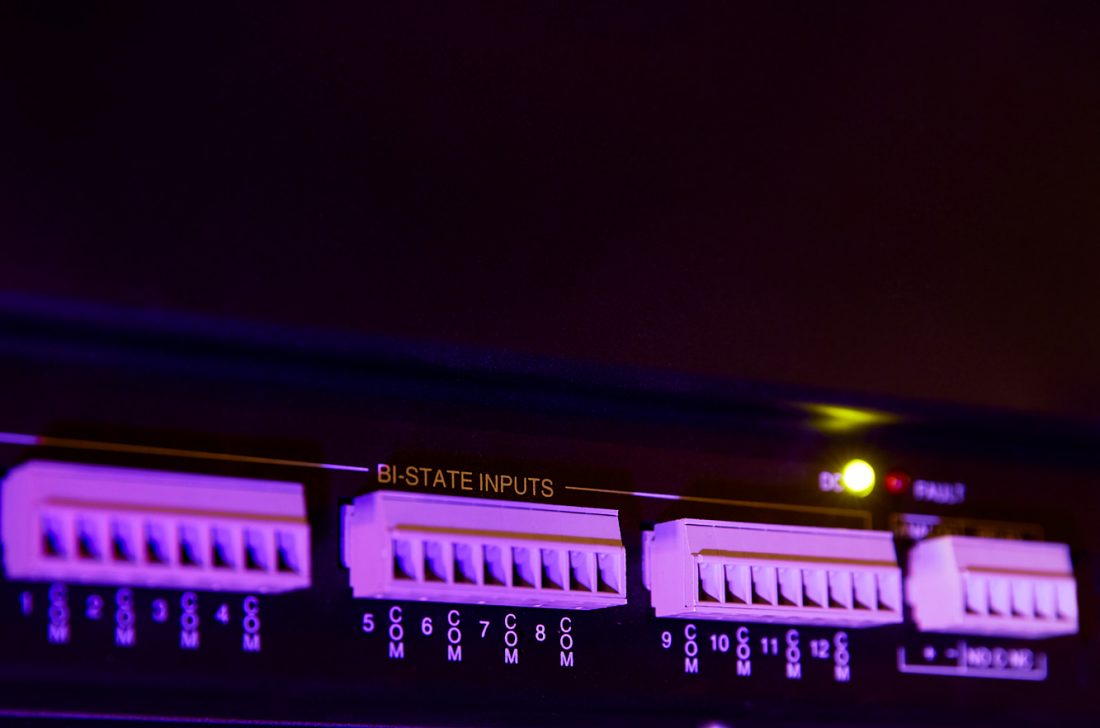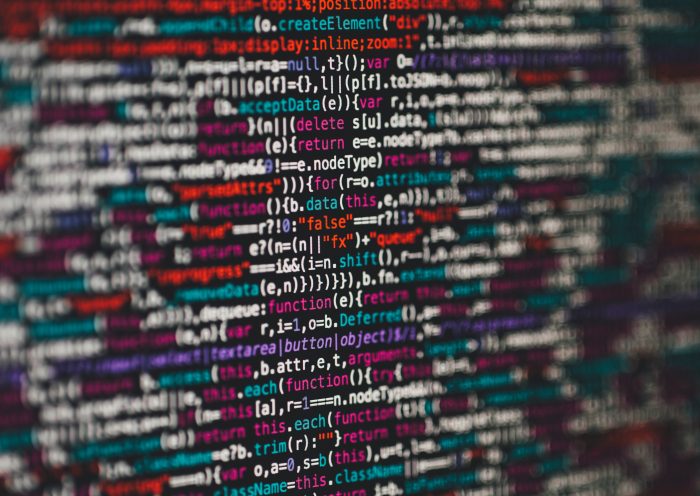

Our local café would define its coffee machine as its critical asset (we would agree). Whereas an e-commerce business might define its website, including its inventory system as critical assets.
One of our current customer’s critical assets is their telecommunications towers. The towers play a critical role in providing mobile and internet coverage to most of Australia. Thus, their continued and efficient operation is critical to our customer’s business success.
Are your critical assets performing efficiently? Are they safe? Are they being used to their full potential? When done well, critical asset management is approached holistically—all data is collected, stored and analysed to derive smarter actionable insights.
In our experience critical assets are distributed far and wide, usually located in a controlled environment (a site), often remote and usually unmanned. A wealth of input data directly and indirectly related to the critical asset is available at these sites. To derive smarter actionable insights, this data must be collected, stored and analysed. The resulting insights might tell a business that something is broken, but it should also be able to tell what is broken, and why.
Thus, we define critical asset management as remotely monitoring and managing these assets using actionable insights derived from direct and indirect input. Sources of the input data can include communications, environmental factors, power and security and are collected using a number of ‘things’. The things can be sensors, devices and systems which are fed into a central management system that interprets the data.
From a business perspective, critical asset management can improve operational efficiencies, manage energy, mitigate risk, increase safety and security and in some cases, generate revenue from the asset.
From a technical perspective, with a potentially large network of critical assets being distributed far and wide at remote and usually unmanned sites, it’s difficult to know what’s happening where and when. Many businesses with critical assets can individually monitor assets using disparate places. But rarely in one, central place. When you manage your critical assets well, you can collect, store, and analyse your data in one place. As one of our Tier 1 telecommunication customers once said; “Data is gold; all data should go ‘home!’”.
There are many business problems that can be alleviated or solved with critical asset management.
All data feeds into one central management system. Custom viewpoints can be configured to reflect business KPIs and can be viewed in real time allowing complete control of your critical assets.
Monitoring and managing critical assets can derive actionable insights from the data that provide real business value. Rather than being told that something has broken down, advanced technologies such as machine learning and predictive algorithms can tell that something is about to break down, potentially avoiding costly remediation expenses and negative impacts to the end customer experience.
One of the most exciting and innovative applications is the ability to monitor and control diesel generators. Together with input data from sources such as fuel level sensors, the control of ‘things’ such as automatic transfer switches and the connection to wholesale electricity markets, this application has the potential to create massive revenue generating opportunities for your business.
Critical asset management doesn’t stop at monitoring and managing—for us it is an endless loop where we continuously adjust to further optimise performance. Business goals and objectives are often moving, and we adjust to accommodate these. Technology isn’t stagnant; we constantly upgrade as new technology becomes available.
As the capability of technology continues to evolve the advantages of using it to collect, store, analyse and act on data from critical assets becomes paramount to a business’s success.
Does your business have an underutilised asset that could be generating revenue? Get in touch today to discuss how our end-to-end solutions can help you.

Not sure where to start when it comes to TED talks? We've curated some of our favourites around data.
Read more
Deriving meaningful insights: your data has a lot to say, but it's what you do with the information that can make all the difference.
Read more
Avoid downtime and lost revenue by leveraging the capability of modern technology to manage issues from a distance.
Read more